Results 9,211 to 9,220 of 12096
Thread: Anandtech News
-
02-26-19, 12:49 PM #9211
Anandtech: USB 3.2 at 20 Gb/s Coming to High-End Desktops This Year
The USB 3.0 Promoters Group announced its USB 3.2 specification update that increases theoretical performance of a USB 3.2 interface over a Type-C cable to 20 Gbps back in mid-2017 and then ASMedia demonstrated its USB 3.2 controller in mid-2018. According to the USB Implementers Forum at MWC 2019, the technology will finally come to fruition this year.
More...
-
02-26-19, 02:35 PM #9212
Anandtech: Samsung Galaxy S10: First Exynos 9820 vs Snapdragon 855 Scores
One of AnandTechs more in-depth coverage pieces last year was our analysis of the two different version of the Galaxy S9 and Galaxy Note9. Specifically we covered the quite large differences between units offered with Qualcomm’s Snapdragon 845 and Samsung’s own Exynos 9820.
This year again we’re seeing Samsung continue their dual-sourcing strategy in the new Galaxy S10. This time we’re pitting the new Qualcomm Snapdragon 855 against Samsung’s own new Exynos 9820. We were able to extensively benchmark the new Snapdragon 855 back at CES – however we don’t know much about the new Exynos 9820.
More...
-
02-26-19, 02:35 PM #9213
Anandtech: GIGABYTE's W-3175X Motherboard Named: C621 Aorus Extreme
GIGABYTE has just lifted the lid on its latest entry into the workstation space with an extreme flavor: the GIGABYTE C621 Aorus Extreme. The new board is one of just two boards which officially supports the 28-core Intel Xeon W-3175X processor.
Back at Computex last year, when Intel unveiled its 5 GHz 28-core demo, GIGABYTE was the motherboard supplier for the demo with a prototype board called the A1X-C621. We now that this monster workstation model will now be called the C621 Aorus Extreme, thanks to a Chinese event as reported by ZOL.
While the official specifications haven't been released yet, the new GIGABYTE C621 Aorus Extreme is built around Intel's C621 Lewisburg chipset and has some notable features. On the PCIe side of things, a total of seven full-length PCIe 3.0 slots with metal armor take up most of the bottom left. Towards the top is twelve slots with support for hex-channel DDR4 memory flanking the socket area in two banks of six.
Along the top of the board is a monolithic looking power delivery attached to a copper finned heatsink. If the C621 Aorus Extreme follows the exact same layout as the board we got a sneak peek of at Computex, it'll likely have eight SATA ports and a U.2 slot, with plenty of front panel headers and four 8-pin 12 V ATX CPU power inputs.
The availability and pricing of the GIGABYTE C621 Aorus Extreme are currently unknown, but we expect it to be available in Q2.
More...
-
02-26-19, 06:56 PM #9214
Anandtech: Micron Returns to the microSD Card Market with the Micron c200 Series: Fro
About a year and a half after discontinuing its Lexar consumer storage business, Micron is making a comeback with a series of microSD cards that it's demonstrating at Mobile World Congress. The company believes that the market of memory cards is set to grow and since it now has the right type of NAND memory for these applications, it makes a great sense to launch its Micron-branded microSD products.
Micron’s c200-series microSD cards range in capacity from 128 GB to 1 TB and are based on the company’s 96-layer 3D QLC NAND flash as well as in-house-developed controller supporting LDPC-based ECC. The cards are rated for up to 100 MB/s sequential write speed and up to 95 MB/s sequential read speed (the 128 GB version may be a bit slower). The Micron c200 cards also carry the SD Association’s A2 and V30 badges, which means that they offer random performance of at least 4000 read IOPS and 2000 write IOPS; support capabilities like command queuing, caching, and self-maintenance, as well as a minimum write speed of 30 MB/s.
Micron will announce detailed pricing and availability information about the c200-series sometimes in the second quarter. At this point the company is not making any official commitments to return to the reteail channel. However retail is the most natural and straightforward way to sell microSD cards, so it would make a great deal of sense for Micron to partner with large retailers and retail chains.
The manufacturer believes that 3D QLC memory provides the right balance of cost, performance, and reliability (when coupled with an appropriate controller) for consumer storage. In particular, Micron says that its 96-layers 3D QLC memory can bear 1500 program/erase cycles (with a particular controller), which should be plenty sufficient for most consumer workloads.

Meanwhile, the market of high-capacity microSD cards is set to grow. According to IHS data cited by Micron, total available market for memory cards featuring 128 – 1 TB capacities will increase to $3.5 billion in 2021, up from around $2.3 billion in 2019.
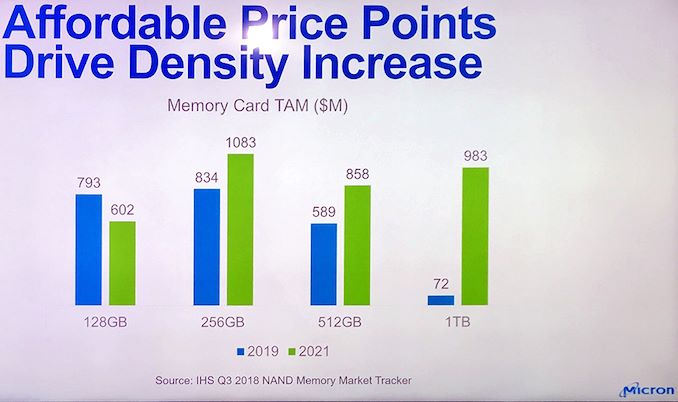
Related Reading:
- Longsys Acquires Lexar Brand from Micron
- Micron Discontinues Lexar Business, Plans to Focus on Higher-Margin Products
- Micron Exercises Option to Buyout Intel's Share of IMFT
Source: Micron
More...
-
02-27-19, 12:26 PM #9215
Anandtech: Lenovo's New 595-Gram Portable Display: The ThinkVision M14 USB-C Monitor
At the Mobile World Congress trade show, Lenovo has introduced a new portable display designed specifically for workers on the move. The ThinkVision M14 monitor matches design of the company's ThinkPad notebooks, weighs like a modern tablet, and is thin enough to be held in a cabin luggage. Our Lenovo demonstrator described it 'like paper'.
More...
-
02-27-19, 12:26 PM #9216
Anandtech: Oppo Demonstrates 5G Smartphone at MWC 2019
One theme of the Mobile World Congress trade show is for companies to show off their future 5G products - or at least a prototype with a 5G sticker on it. Oppo is the latest company we've seen that is demonstrating a prototype of its upcoming 5G smartphone. As with almost all the other devices we've seen, it is based on Qualcomm’s Snapdragon 855 SoC and X50 modem and is expected to hit the market later this year.
More...
-
02-27-19, 04:24 PM #9217
Anandtech: Xiaomi Teams Up with Light for Multi-Module Smartphone Cameras
Xiaomi and Light, a computational imaging firm, have announced at Mobile World Congress that the two companies will be working together to develop new multi-module cameras for smartphones. The two companies promised that the jointly-developed cameras will feature DSLR-level capabilities, but did not disclose when the first product from the joint project is expected to come to fruition.
Light specializes on computational imaging solutions using multiple camera arrays. The company has gone so far as to develop their own chip that can work with 6, 12, or 18-camera arrays. And while Xiaomi and Light aren't specifying just how big of a camera array they're looking to develop, we're likely looking at something in the lower-bounds of those number, if only due to the limited size of smartphones. For reference's sake, a 6-module camera would be very similar to what Nokia has done for their Nokia 9 PureView.
Light has a custom ASIC chip that independently controls all camera modules to focus them, adjusts exposure levels per aperture, calculates the white balance, etc. After the camera modules capture their images, the ASIC fuses then together into one ‘RAW’ image that contains color and lighting/shadows information. After this part is done, the ASIC transfers the ‘RAW’ image for further processing to an application processor using two MIPI transmitters.
Based on the press release published by Light and Xiaomi, the two companies plan to develop not just one, but a number of imaging solutions for smartphones. So expect to see Light's tech show up in multiple Xiaomi smartphones.
Related Reading:
- Nokia Launches Nokia 9 PureView at MWC 2019: So I Heard You Like Cameras
- Xiaomi Launches The New MIX3 5G and Mi9 for European Markets
- Xiaomi Mi 9 Lauched in China: 6.39-inch Snapdragon 855 with Game Turbo
Sources: Xiaomi, Light
More...
-
02-27-19, 04:24 PM #9218
Anandtech: Samsung's New 512 GB UFS 3.0 Chip for Galaxy Fold, Now in Mass Production
Samsung this week said that it has begun mass production of its UFS 3.0 chips. The company’s initial lineup of UFS 3.0 products includes embedded drives featuring a 128 GB and a 512 GB capacity. The company plans to introduce 256 GB and 1 TB versions of its UFS 3.0 devices sometimes in the second half of this year, and we have already seen that the 512 GB edition will appear in the Samsung Galaxy Fold. Perhaps it is a shame that the chip is only just entering mass production, and missed the window for the Samsung Galaxy S10 family.
Samsung’s UFS 3.0 storage drives use the company’s 5th generation 96-layer V-NAND memory as well as a proprietary controller supporting a UFS 3.0 HS Gear 4 two-lane interface. The 512 GB version uses eight 64 GB 96L V-NAND devices, whereas the 128 GB flavor uses two of them.
When it comes to performance, Samsung says that its 512 GB UFS 3.0 embedded flash drive features a sequential read speed of up to 2100 MB/s, a sequential write speed up to 410 MB/s, and 68,000/63,000 read/write IOPS. When compared to SATA SSDs, the 512 GB UFS 3.0 device offers four times higher sequential reads, but is slightly slower as far as write and random performance numbers are concerned.
Samsung says that its 128 GB and 512 GB UFS 3.0 embedded drives that launch today are aimed at mobile devices. The company’s own Galaxy S10 smartphones seem to use UFS 2.1 drives, whereas it looks like UFS 3.0 will debut in the Galaxy Fold.Samsung's UFS 3.0 Storage ICs 128 GB 256 GB 512 GB 1 TB SKUs ? ? ? ? NAND Type 96-Layer TLC V-NAND Controller Developed in-house Interface UFS 3.0
two full-duplex HS-Gear3 lanes
11.6 GT/s per lane
up to 2900 MB/sSequential Read Speed ? ? up to 2100 MB/s ? Sequential Write Speed ? ? Up to 410 MB/s ? Operating Temperatures ? Health Status Monitor ? Data Retention ? Thermal Sensor ? Voltage Memory ? Interface 1.2 V for VCCQ, 1.8 V for VCCQ2 Package Type FBGA-153 (?) Width 11.5 mm (?) Length 13 mm (?) Height 1 mm (?) Availability February 2019 2H 2019 February 2019 2H 2019
Related Reading- 512 GB of UFS 3.0 Storage: Western Digital iNAND MC EU511
- Toshiba Begins to Sample UFS 3.0 Drives: 96L 3D TLC NAND, Up to 2.9 GB/s
- JEDEC Publishes UFS 3.0 Spec: Up to 2.9 GB/s, Lower Voltage, New Features
- Western Digital Unveils iNAND MC EU321: a UFS 2.1 Drive Based on 96L 3D NAND
- Toshiba Samples New UFS 2.1 NAND: Up to 900 MB/s Reads For 2018 Smartphones
- Samsung Starts Production of 512 GB UFS NAND Flash Memory: 64-Layer V-NAND, 860 MB/s Reads
Source: Samsung
More...
-
02-28-19, 07:39 AM #9219
Anandtech: Chuwi To Launch Core M Powered AeroBook And Ubook Models
Chuwi has reached out to let us know that they are releasing a couple of new products soon. In a big move from the low-cost laptop maker, they are moving up several steps on the performance ladder with these new models which will both feature the Core m3-6Y30 processor. Previously, Chuwi has relied on the less-expensive Intel Atom lineup, most recently with Gemini Lake, so this is a significant departure for the company, and should be exciting to see in the market.
Chuwi AeroBook
Chuwi’s first Core M powered laptop will be the AeroBook, featuring a 13.3-inch 1920x1080 IPS display with 5mm display bezels, offering the modern look of a thin-bezel laptop. Since shrinking the display bezels shrinks the total size of the laptop, the company has also moved to a micro-bezel keyboard allowing them to keep their full-sized keyboard experience in this smaller chassis.
The main attraction though is the CPU. Intel’s Core m3-6Y30 offers a 2.2 GHz maximum frequency for the two cores and four threads, in a 4.5-Watt power envelope. This should offer a significant performance boost over Atom based Celerons that Chuwi has leveraged in the past, especially in the graphics department where the Skylake based Core m3 offers 24 Execution Units, which is twice what is offered on Atom.
Chuwi is offering 8 GB of LPDDR3 on this notebook, and 128 GB of storage. The company also says you can upgrade the storage to 1 TB, which likely means there will be a user-accessible door to add in a SSD, much like their previous models.
The laptop weighs in at just 2.76 lbs, and is 15 mm thick, meaning it is also very portable. The company is rating the battery life as up to 8 hours, but that’s likely ambitious.
Chuwi is hoping to launch the AeroBook in March for around $499.
Chuwi Ubook
The second model is the Chuwi Ubook, which is a 11.6-inch convertible tablet, also powered by Core m3-6Y30. As usual, Chuwi offers a lot of value with their products. In addition to the Core M processor, the tablet will ship with 8 GB of LPDDR3, and 128 GB of storage, and there will be a 1 TB model as well.
There’s plenty of expansion for IO as well, with two USB-A ports and a USB-C port, along with a headset jack, HDMI, and microSD. Unfortunately charging looks to be a 3.5mm barrel plug, and does not use the USB-C connector.
The kickstand is a U-shape, hence the name, and there is infinite adjustability here from 0 to 150°. A 30 Wh battery is rated at up to 9.5 hours, although again that seems ambitious.
The display has pen support as well, and Chuwi is shipping this device with the detachable keyboard at no extra cost.
Chuwi is targeting a price of around $469 for this model, which dramatically undercuts something like the Microsoft Surface Go, which offers a less-powerful platform, less RAM, less storage, and no keyboard at its base price of $400. The 1 TB model is targeting $699.
Both the Ubook and AeroBook look like very interesting devices, plugging a bit of a hole in the market where there’s not a lot of good options in the $400-$600 range. We’re hoping to get some hands on these when they launch and take them for a spin.
Source: Chuwi
More...
-
02-28-19, 09:35 AM #9220
Anandtech: The Silicon Power P34A80 SSD Review: Phison E12 With Newer Firmware
Today we're looking at Silicon Power's P34A80 high-end NVMe SSD, another drive based on the Phison E12 controller and Toshiba 64L 3D TLC NAND, but with newer firmware than we last tested.
More...
Thread Information
Users Browsing this Thread
There are currently 10 users browsing this thread. (0 members and 10 guests)




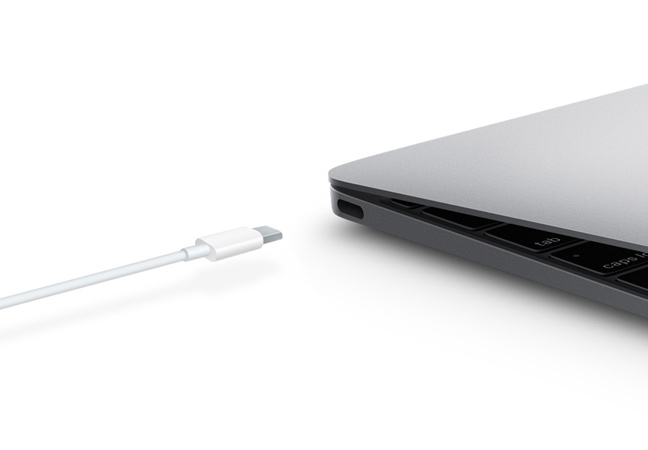

 Quote
Quote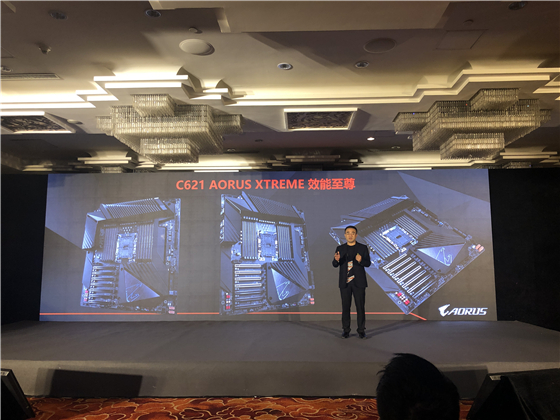
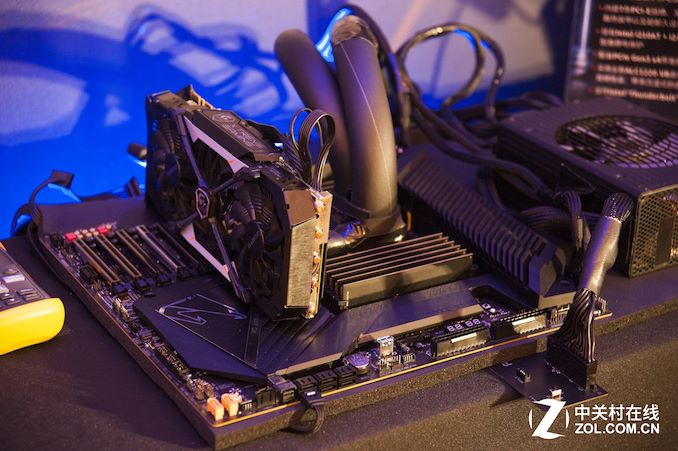
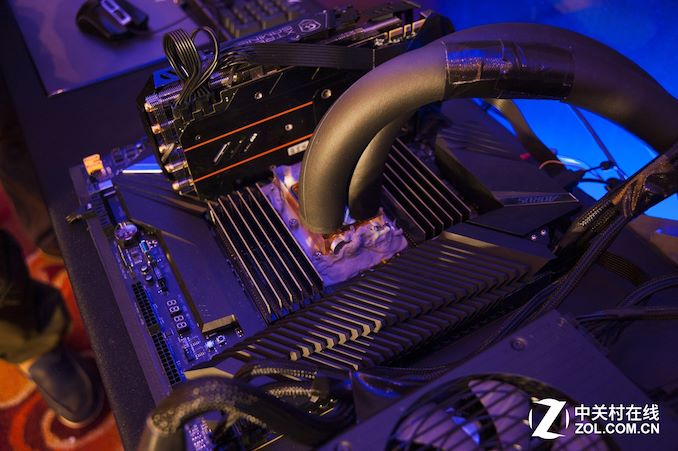
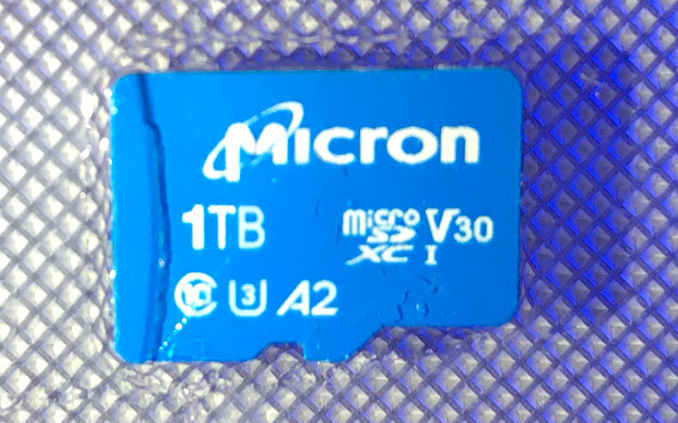
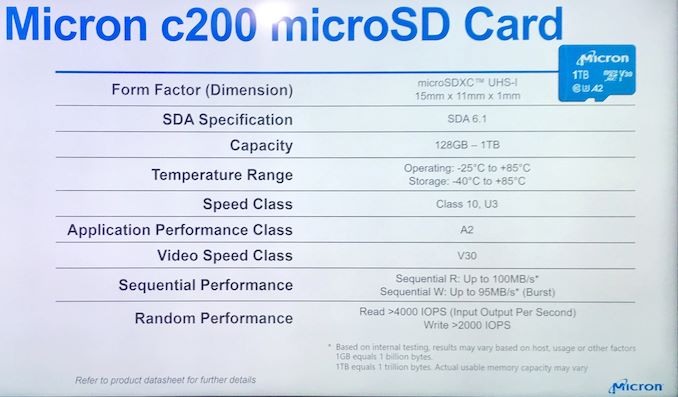


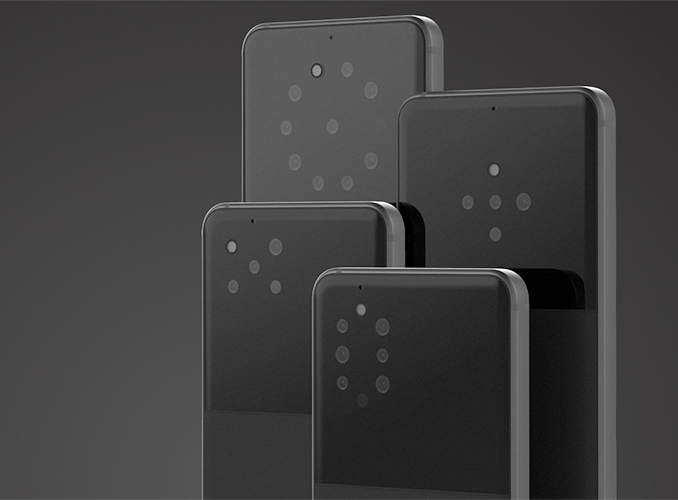
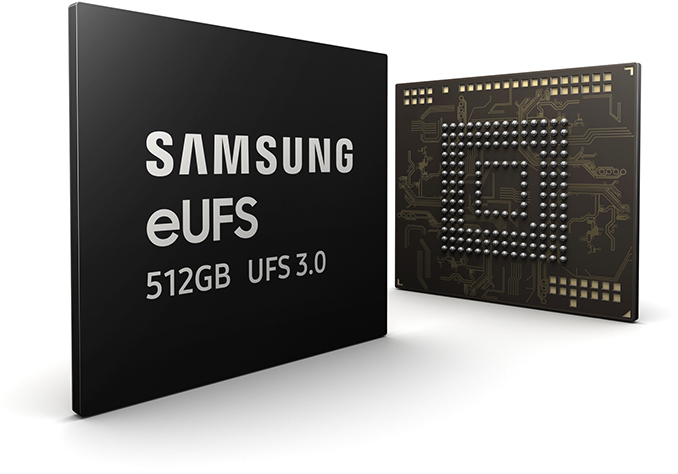
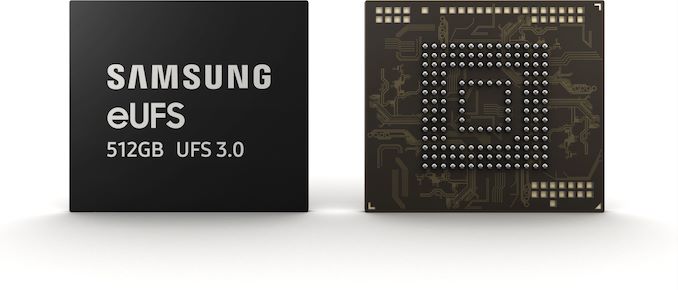
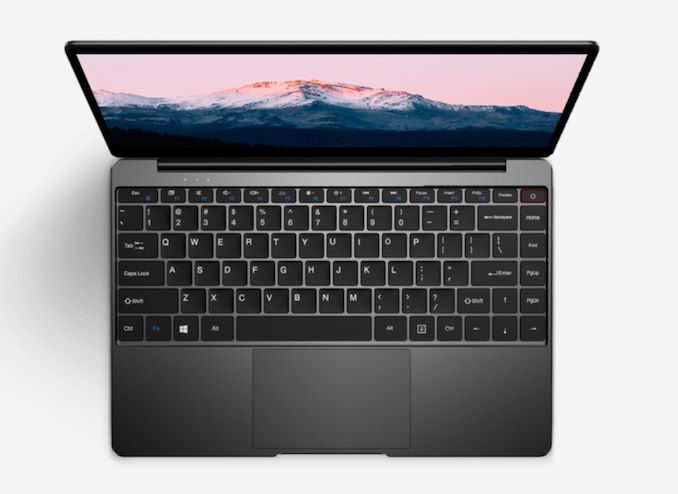

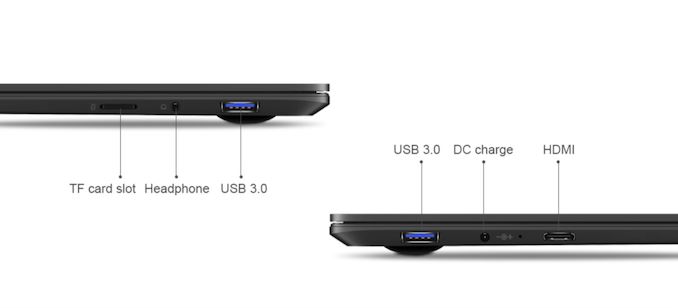
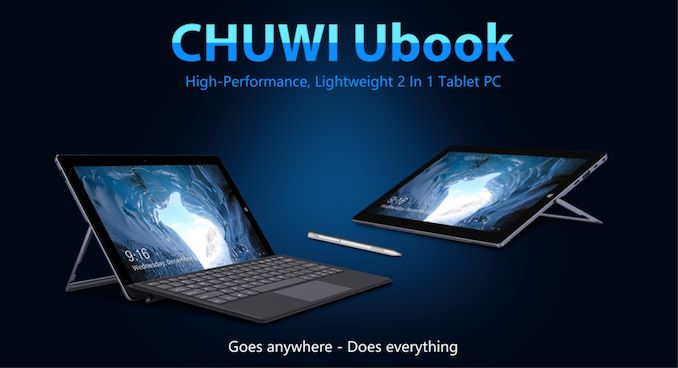
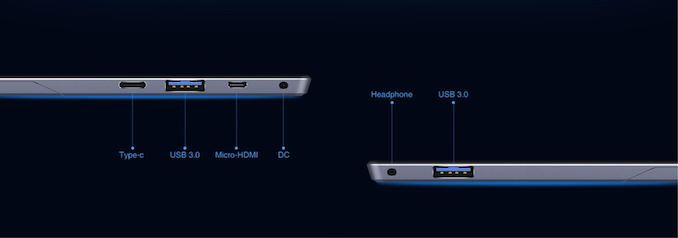
















Bookmarks